According to research, nomads constitute only 7 per cent of the Indian population. Most are excluded from development programs. Of late, many of them have begun to settle down. Education and jobs have brought them into the main stream of the society. While working on a film in Kashmir based on nomads called the Bakkarwals, I was able to examine and comprehend this situation more closely.
Bakkarwals are nomads in Kashmir; they travel from Jammu to the place called Nagamandi every summer and they return in winter. This distance is almost 300 km and endless mountains make most of the route. They walk constantly in search of fresh grass and pleasant climate. The act of continuously walking is what they love and their livestock is their reason.
They call themselves ‘Khanabadush’ which means wanderers in Urdu. These people are originally from Afghanistan but there are traces of Gujri language in their dialects. Their features are also Afghani: they are fair and tall people with an athletic build thanks to the long stretches they traverse on foot. A tough life, their continuous trail through the wild and mountains is not easy. Extreme climate, lack of medical facilities and natural disasters aplenty, their life is constantly under threat. As we walked with them, we saw small stones under the mountains, which were actually gravestones -mostly of children. Their children walk with them and learn how to manage livestock. They learn different techniques of identifying breeds, accounting sheep, their medication and other requirements. These days adults too have begun to avail of the opportunity to educate themselves formally through government programmes and teach their children while on the move.The still high rate of child marriages in this community is a grave issue. At 12 to 15 years children are married, most of the times within the community. This is the other reason for higher infant death rates and other health issues.
Bakkarwals also have divisions of the classes – lower class people are the servants who take care of the sheep and their economic and social circumstances are usually pitiable as compared to their employers. The distinct difference between them is their skin tone; servants are very dark and look very much like the Indian Muslims. But all of them stay together as a family and work in a team.
It was very interesting to understand their social association, religion, language, folklore and material culture, normative beliefs and indigenous knowledge, gender relations, the nature of power and reciprocity, as also their remarkable vitality and grace.
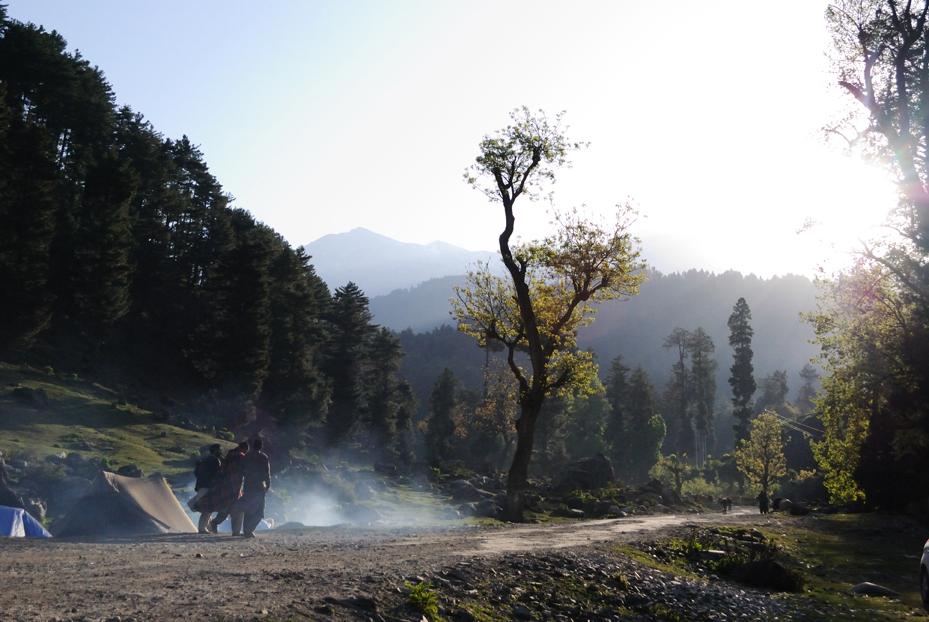
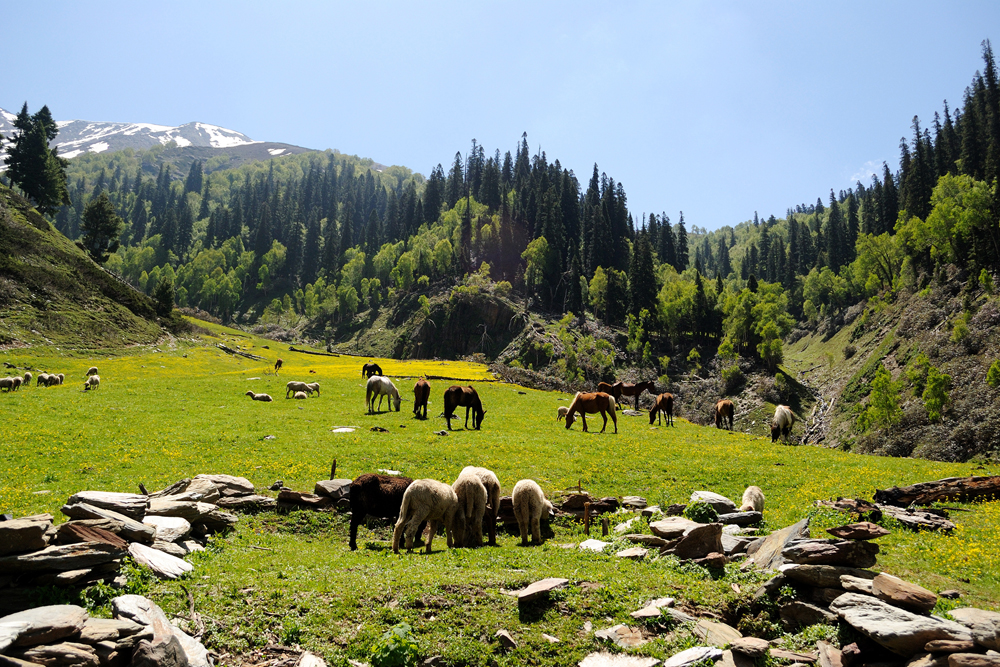
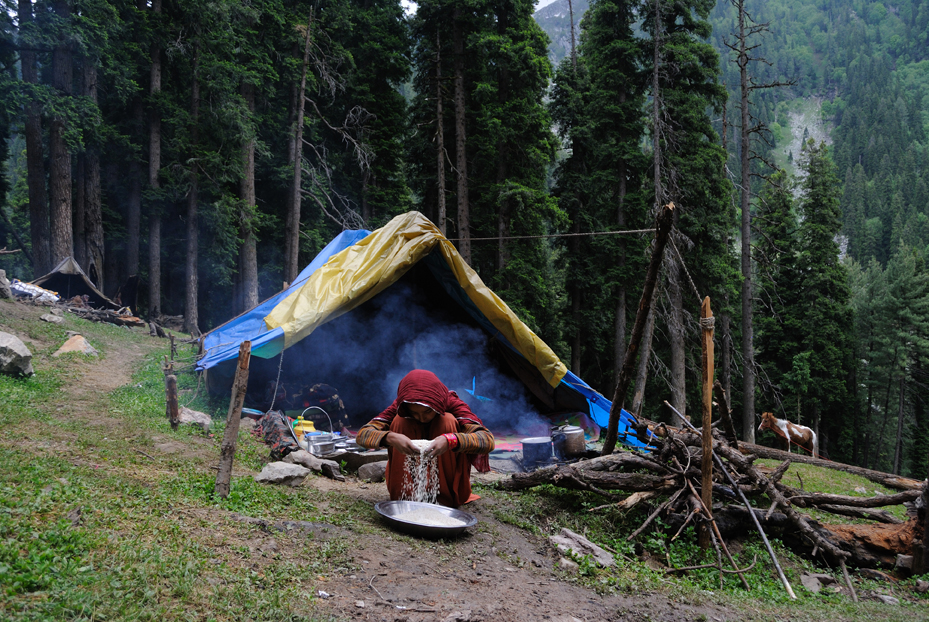

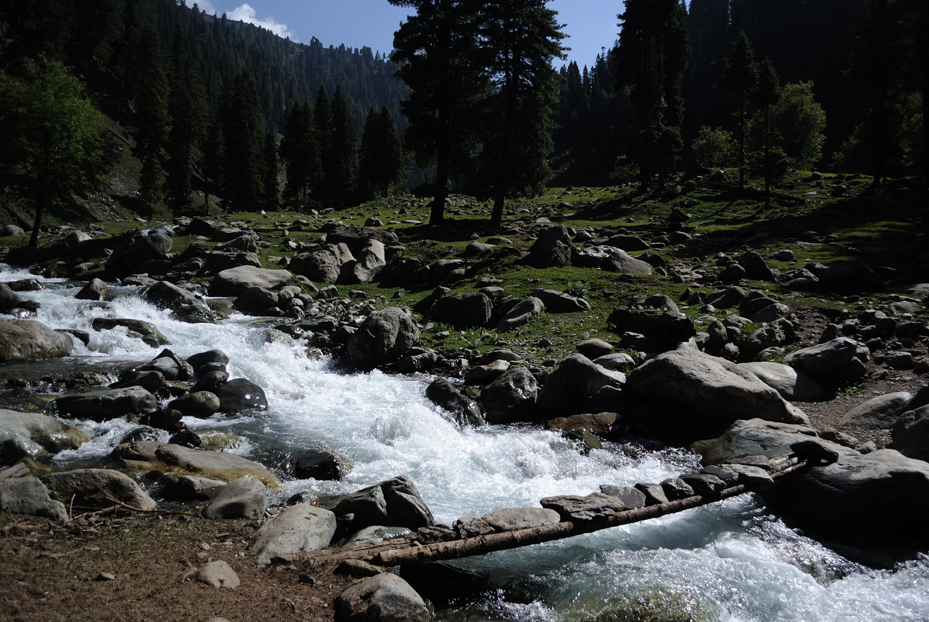
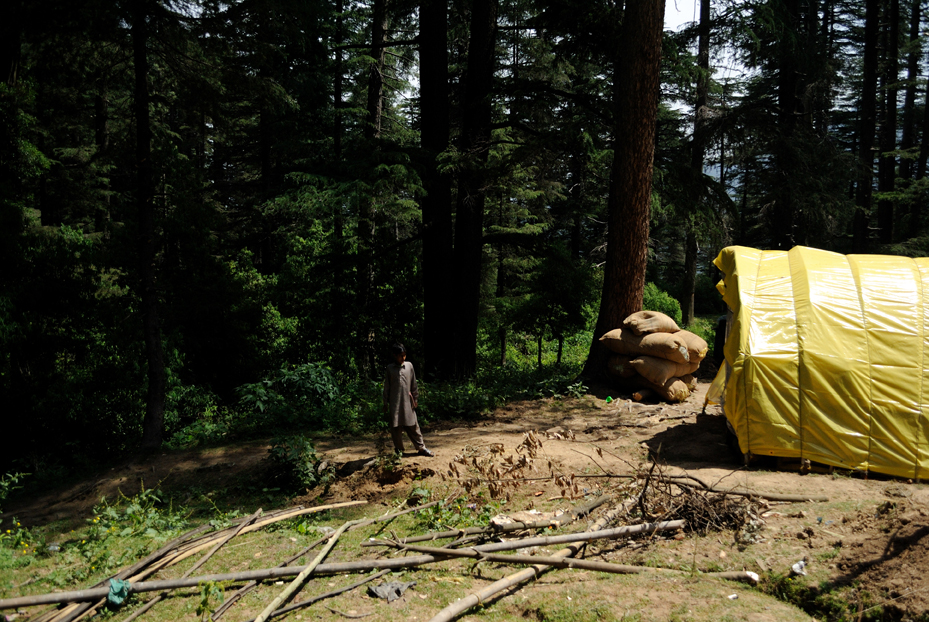
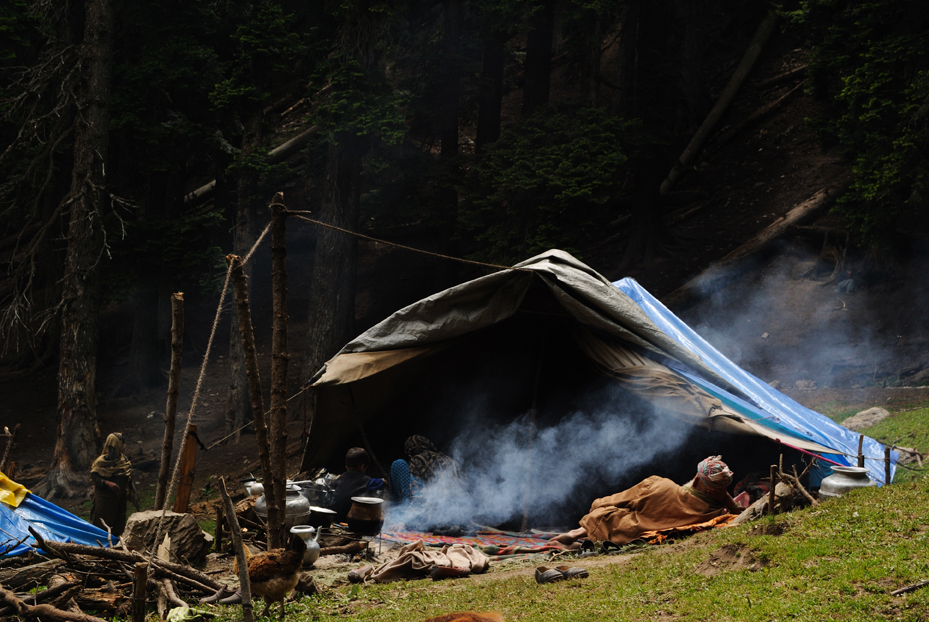
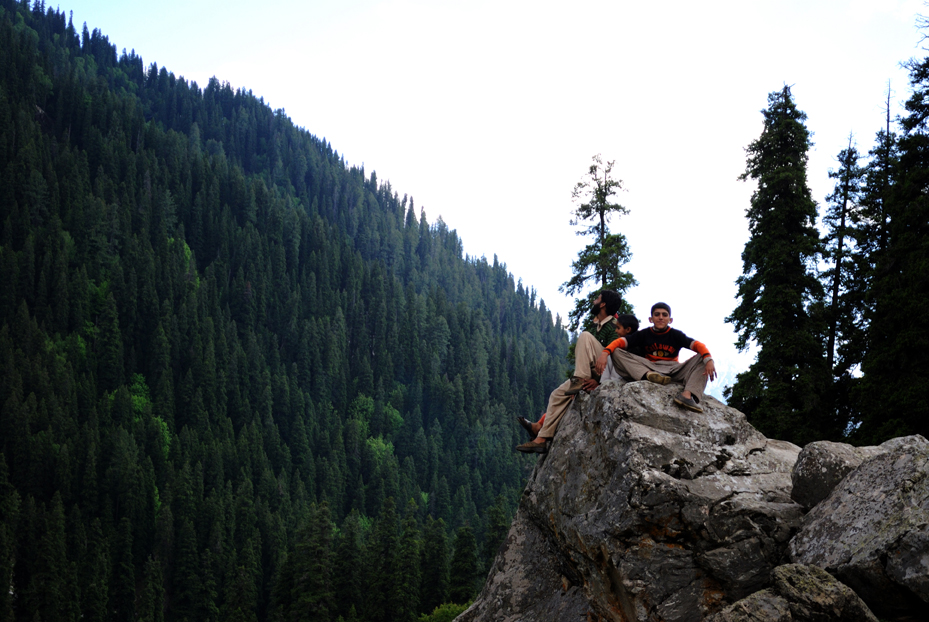
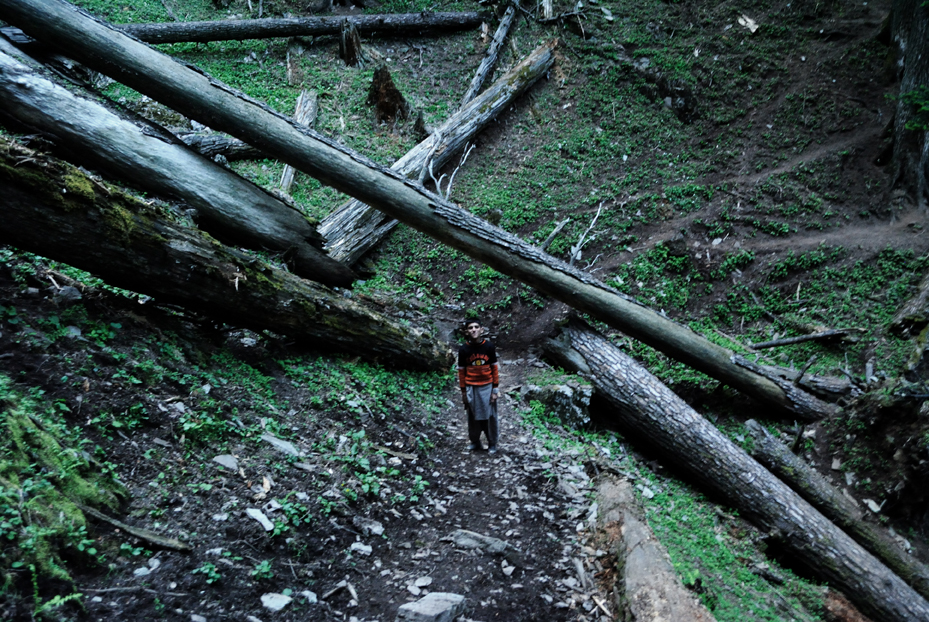
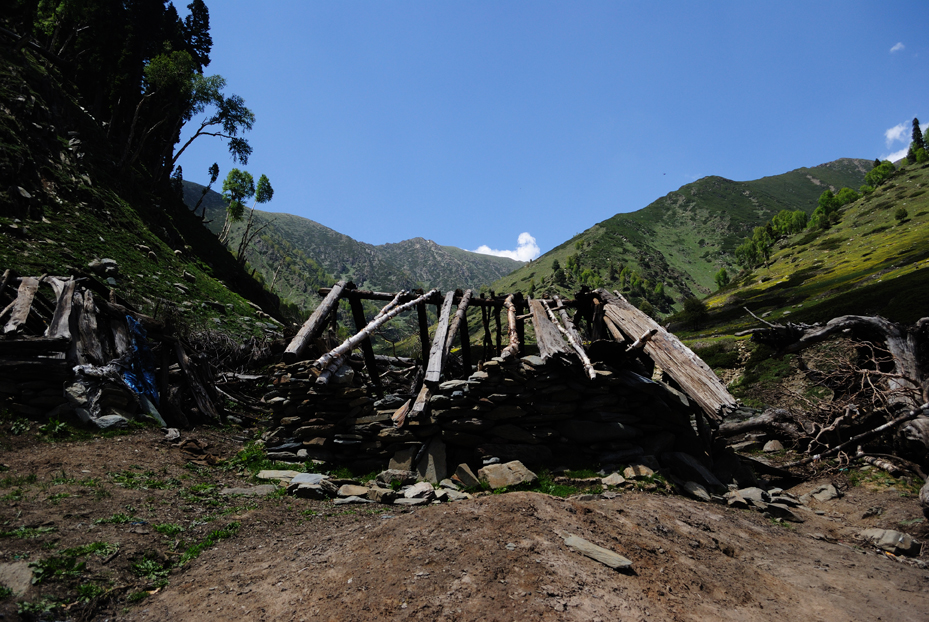
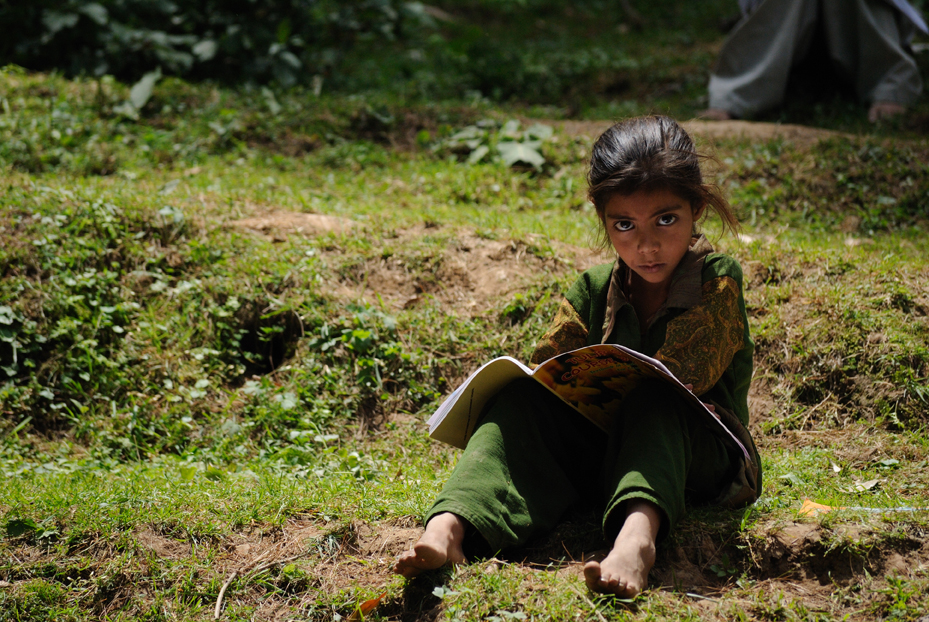
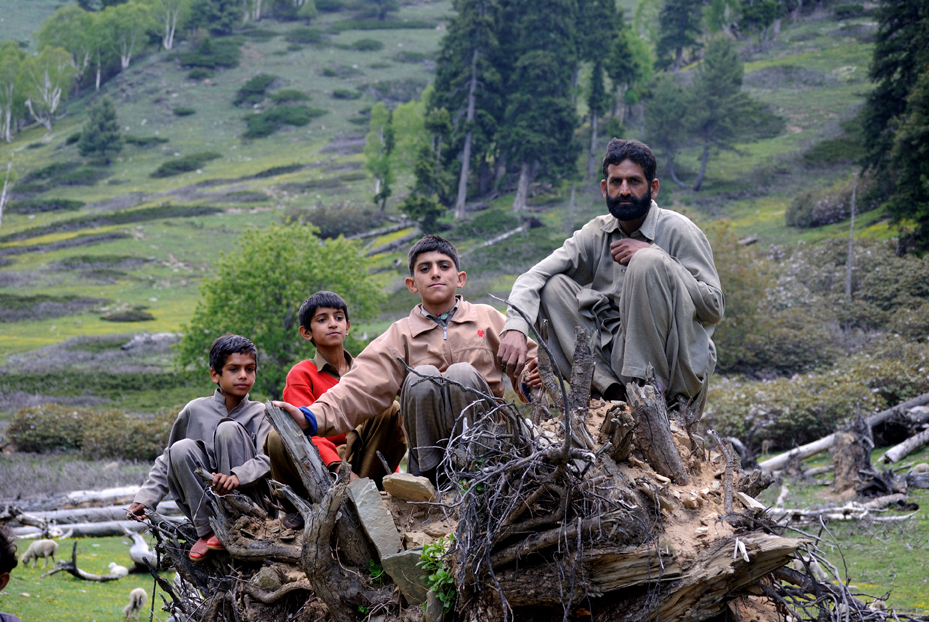
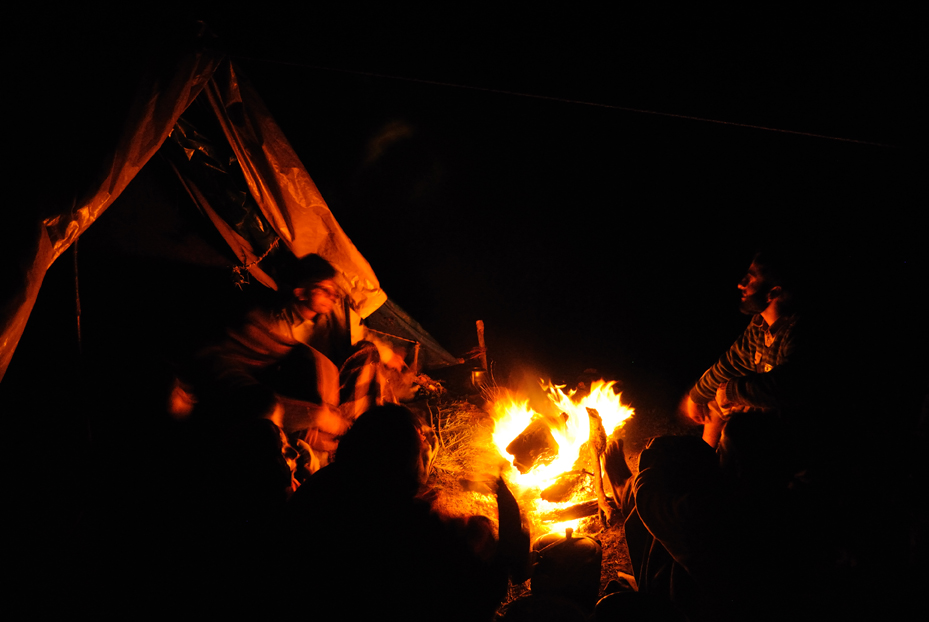
Bio:
Mitwa Av is a graphic designer from Srishti School of Art, Bangalore. He has been practicing photography for the past two years and has worked in various
fields of photography including a few commercial projects. His main interest being documentary and travel photography, he has traveled extensively. He is currently working on two more projects related to documentary photography and wishes to explore this genre further.
